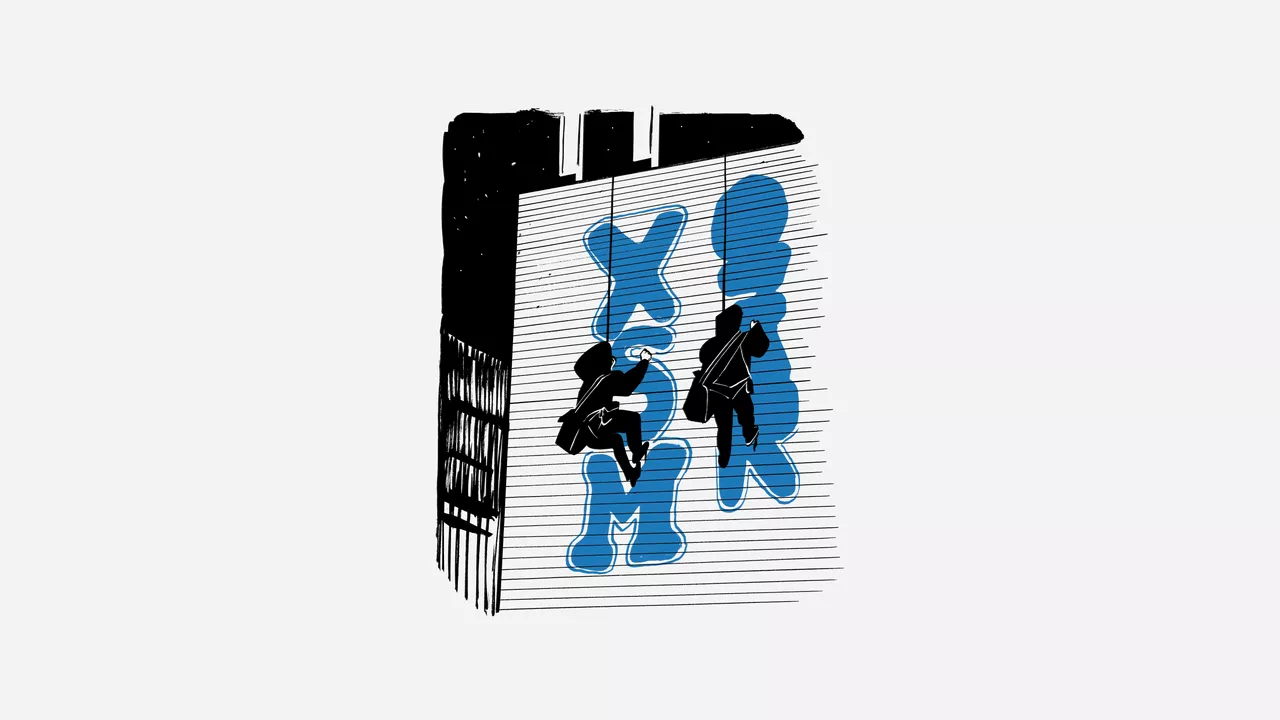Napping during work hours, once taboo, is increasingly recognized for its cognitive benefits. This article explores the growing acceptance of napping in the workplace, citing experts and individuals who embrace its restorative power. It delves into the science behind napping, discussing optimal durations and the impact on sleep quality and cognitive function.
Emily Clark carefully separates recently collected water samples for research on Monday, August 26, 2024, at the National Center for Water Quality Research in Tiffin, Ohio. (AP Photo/Joshua A. Bickel)\The practice of napping during work hours, while often stigmatized, is gaining recognition for its potential cognitive benefits. Individuals like Marvin Stockwell, founder of PR firm Champion the Cause, find short naps revitalize them, boosting their productivity and creativity.
However, napping remains an unconventional practice in the United States, where a strong work ethic often overshadows the acceptance of rest breaks. The federal government even prohibits sleeping in its buildings during work hours, except in rare circumstances.\James Rowley, program director of the Sleep Medicine Fellowship at Rush University Medical Center, emphasizes the importance of sleep for overall well-being, comparing it to diet and exercise. He notes that modern technology, particularly cellphones, disrupts sleep patterns, contributing to a widespread sleep deficit. Rowley also highlights the ideal nap duration, suggesting 15 to 20 minutes to avoid sleep inertia, the grogginess that can follow extended naps. While napping is uncommon in academia, University of Southern California lecturer Julianna Kirschner, who studies social media, recognizes its potential benefits. She acknowledges the addictive nature of social media, designed to deliver dopamine rushes, which can lead to sleep disruptions and the need for occasional naps.\Michael Chee, director of the Centre for Sleep and Cognition at the National University of Singapore, supports the practice of napping, emphasizing its restorative effect and cognitive advantages. He suggests that napping aligns with the natural circadian rhythm, particularly during the mid-afternoon. Ruth Leong, a research fellow at the same center, recommends a nap duration of 30 minutes for optimal practicality and benefits. Longer naps can disrupt nighttime sleep. Experts, including Valentin Dragoi, scientific director of the Center for Neural Systems Restoration, suggest that even brief naps, as short as six minutes, can improve learning and cognitive function. While workplace napping remains largely unconventional in the U.S., some companies, like AI search startup Exa and ice cream maker Ben & Jerry's, encourage it, recognizing the positive impact it can have on employee well-being and productivity
Napping Workplace Productivity Sleep Health Cognitive Function Circadian Rhythm
United States Latest News, United States Headlines
Similar News:You can also read news stories similar to this one that we have collected from other news sources.
 2025 workplace trends highlight the push for flexibility and the rise of AIHybrid work, remote setups, and AI are all redefining the office.
2025 workplace trends highlight the push for flexibility and the rise of AIHybrid work, remote setups, and AI are all redefining the office.
Read more »
 This PTO hack can increase vacation time by more than doubleThe rise of unlimited PTO policies is reshaping workplace dynamics, but not always for the better.
This PTO hack can increase vacation time by more than doubleThe rise of unlimited PTO policies is reshaping workplace dynamics, but not always for the better.
Read more »
 High-Rise Art: The Rise of Rope-Assisted GraffitiThis article delves into the burgeoning trend of rope-assisted graffiti in New York City, profiling two prominent practitioners, XSM and QZAR, and their daring nighttime escapades. It explores their motivations, techniques, and the growing community of artists who are pushing the boundaries of street art.
High-Rise Art: The Rise of Rope-Assisted GraffitiThis article delves into the burgeoning trend of rope-assisted graffiti in New York City, profiling two prominent practitioners, XSM and QZAR, and their daring nighttime escapades. It explores their motivations, techniques, and the growing community of artists who are pushing the boundaries of street art.
Read more »
 UCSD Trump Tariff simulation: Wages would rise, but prices would rise higherAva Kershner is a Multimedia Journalist and Producer at ABC 10News.
UCSD Trump Tariff simulation: Wages would rise, but prices would rise higherAva Kershner is a Multimedia Journalist and Producer at ABC 10News.
Read more »
 Fashion's Unexpected Lessons for Workplace LeadershipThis article explores how principles from the fashion industry can be applied to leadership and workplace culture. It highlights the importance of creativity, breaking routines, and encouraging exploration for innovative thinking.
Fashion's Unexpected Lessons for Workplace LeadershipThis article explores how principles from the fashion industry can be applied to leadership and workplace culture. It highlights the importance of creativity, breaking routines, and encouraging exploration for innovative thinking.
Read more »
 Workplace Challenges and Unconventional MarriageThe author grapples with managing an employee, Stacey, who struggles with time management and focus, potentially stemming from executive function issues. Meanwhile, the author recounts the difficulties of their recent marriage, marked by a husband's financial support of a friend despite their own financial struggles.
Workplace Challenges and Unconventional MarriageThe author grapples with managing an employee, Stacey, who struggles with time management and focus, potentially stemming from executive function issues. Meanwhile, the author recounts the difficulties of their recent marriage, marked by a husband's financial support of a friend despite their own financial struggles.
Read more »
